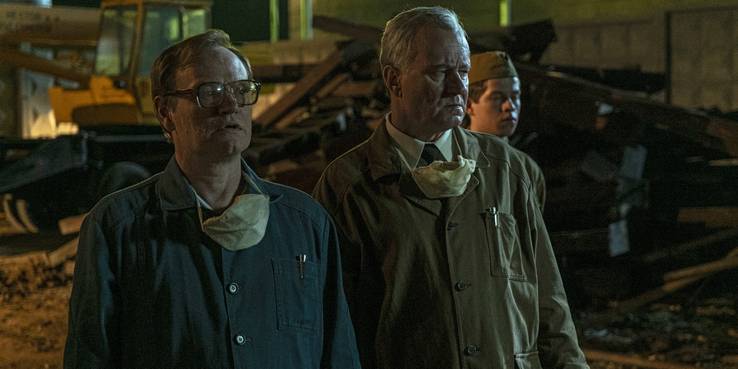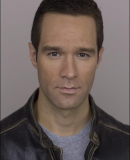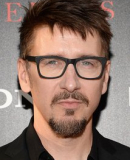Американо-британский сериал «Чернобыль», с успехом прошедший во всем мире и обогнавший по рейтингам «Игру престолов», позиционировался как «истинная история одной из худших техногенных катастроф» и рассказывал о героях, которые пожертвовали собой, чтобы, как водится, спасти мир.
Но, посмотрев киносторию, эксперты и ликвидаторы аварии уличили создателей блокбастера во множестве несоответствий сюжета реальным событиям. Продюсер и сценарист сериала Крейг Мейзин записал специальный подкаст, в котором постарался объяснить, что именно и как было изменено в сериале по сравнению реальными событиями.
И дал интервью, в котором признался: да, часть исторических фактов в картине искажена. Но попросил не расценивать неточности, вкравшиеся в действие, как ошибки. Мол, создатели в большинстве случаев пытались максимально точно передать все происходящее в момент и после аварии в Чернобыле. Но использовали разные источники информации, поэтому неточности и возникли. Кроме того, перед ними стоял так называемый «художественный выбор». Сценаристам было бы тяжело уместить в пять часов экранного времени события, длившиеся два года. И поэтому, например, время крушения вертолета, который упал в реактор, было изменено сознательно, иначе эпизод не попал бы в сериал. Нарекания вызывают и сцены с шахтерами, которые роют тоннель, раздевшись догола. Но Мейзин ответил, что этот факт был взят из книги белорусской писательницы, лауреата Нобелевской премии Светланы Алексиевич «Чернобыльская молитва»…

Вместе с тем, продюсер признался, что некоторые моменты готового фильма он хотел бы исправить. Так, например, он изменил бы описание мощности потенциального второго взрыва, который мог произойти, попади топливо из реактора в резервуар с водой. В сериале речь идёт о мощности 2-4 мегатонны. Но, посмотрев «Чернобыль», многие специалисты сказали, что в реальности речь шла о диапазоне, измеряющемся в килотоннах… И что скорее всего авторы сериала не поняли своего консультанта – физика пытавшегося объяснить последствия катастрофы.

Подводя черту, Мейзин попросил не расценивать сериал как документальный. Ведь киногруппа делала прежде всего художественный фильм с его возможностями вызвать сильные эмоции зрителей. Как известно, сейчас в разгаре съёмки отечественного проекта о Чернобыле. Фильм «Когда падали аисты» как режиссёр снимает Данила Козловский, и он же сыграет одного из главных героев. Посмотрев британо-американскую версию трагедии, Данила совершенно спокойно прокомментировал свои впечатления: «Сравнений я не боюсь. У нашей команды принципиально другой взгляд, принципиально другие интонации и пути рассказа истории».









